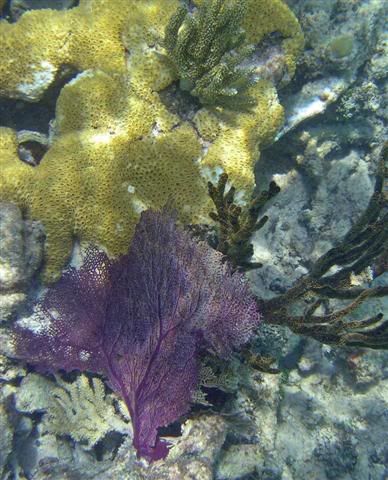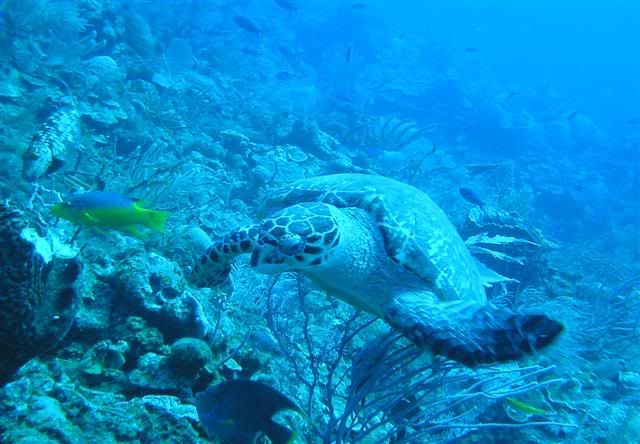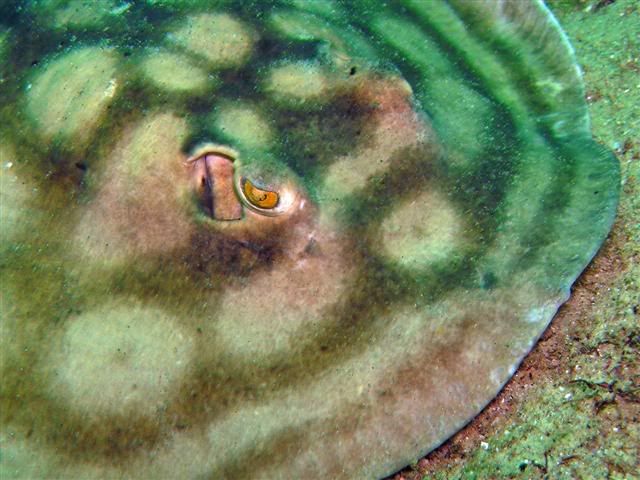Chocoholic
Contributor
We are going to Cozumel soon and I am hoping to improve my technique for that trip.
Any critique will help. I am using a Olympus Camedia 740 Ultrazoom, no strobe yet (the camera doesn't have RAW capabilities). It has U/W white balance that I am reading about but haven't used yet. I have done a bit of minor adjustments in photoshop to some of the pics, but I haven't figured out how to fix the blue in PS. thanks for any help.
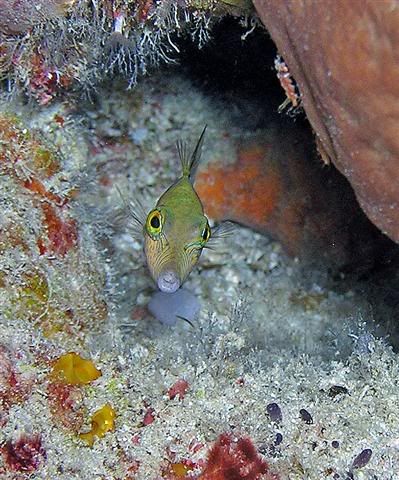

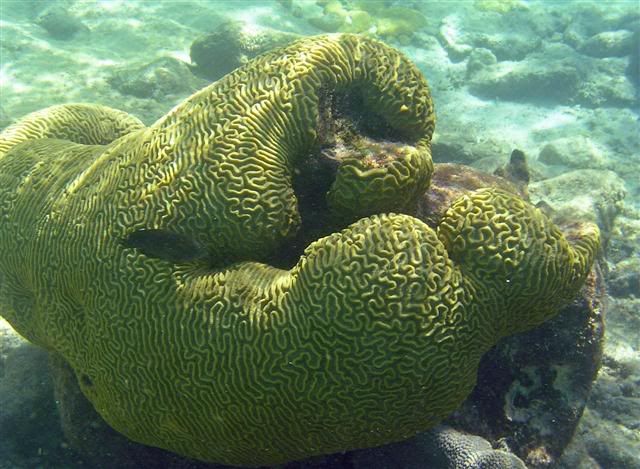
Any critique will help. I am using a Olympus Camedia 740 Ultrazoom, no strobe yet (the camera doesn't have RAW capabilities). It has U/W white balance that I am reading about but haven't used yet. I have done a bit of minor adjustments in photoshop to some of the pics, but I haven't figured out how to fix the blue in PS. thanks for any help.








